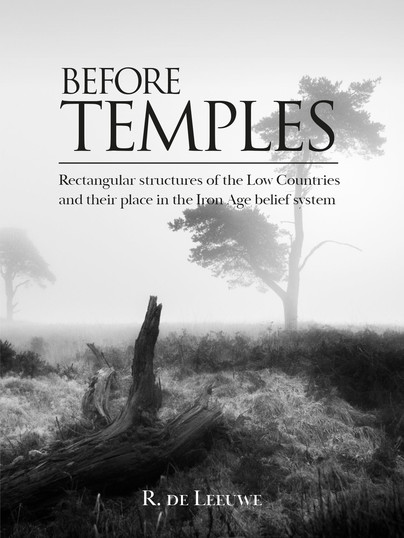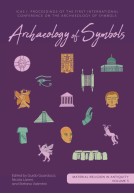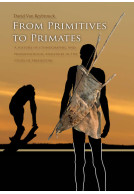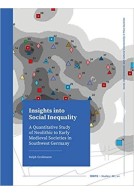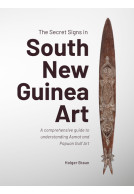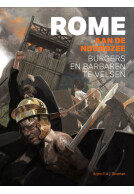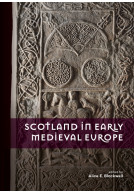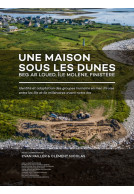Google Books previews are unavailable because you have chosen to turn off third party cookies for enhanced content. Visit our cookies page to review your cookie settings.
Before Temples (Hardback)
Rectangular structures of the Low Countries and their place in the Iron Age belief system
Imprint: Sidestone Press
Pages: 280
Illustrations: 74fc / 64 bw
ISBN: 9789464280616
Published: 20th December 2023
Script Academic & Professional
Pages: 280
Illustrations: 74fc / 64 bw
ISBN: 9789464280616
Published: 20th December 2023
Script Academic & Professional
You'll be £45.00 closer to your next £10.00 credit when you purchase Before Temples. What's this?
+£4.99 UK Delivery or free UK delivery if order is over £40
(click here for international delivery rates)
Order within the next 5 hours, 57 minutes to get your order processed the next working day!
Need a currency converter? Check XE.com for live rates
(click here for international delivery rates)
Order within the next 5 hours, 57 minutes to get your order processed the next working day!
Need a currency converter? Check XE.com for live rates
Before the introduction of Roman temples in the Low Countries, there used to be ‘open air cult places’ in the Iron Age. That is at least the assumption based on descriptions given by classical writers and several structures typified as sanctuaries that were excavated in France.
Several of these French sanctuaries portray long usage, modifications, disarticulated human remains, and depositions of animal bones and Iron Age weaponry. However, the regularly encountered rectangular structures in Belgium and the Netherlands that are often interpreted as cult places do not have any of these indicators. Even though the shape is similar, the evidence these structures deliver testifies to short term utilisation, pottery depositions and a vaguely defined relation to cremation graves.
Can these structures and accompanying depositions be perceived as the result of actions to invoke gods or deities as is claimed for the French sanctuaries? The finds and features seem more suitable when the rectangular structures are interpreted as part of ancestral worship. Although, what does that actually entail? How did Iron Age people actually conceptualise or practise interaction with ancestral spirits?
In this thesis the use of rectangular structures during the Iron Age is explored and the meaning of related depositions interpreted. The structures fulfilled a special sociocultural position in Iron Age society, emphasised by the deliberately chosen liminal location in an increasingly structured landscape.
Customers who bought this title also bought...
Other titles in Sidestone Press...







